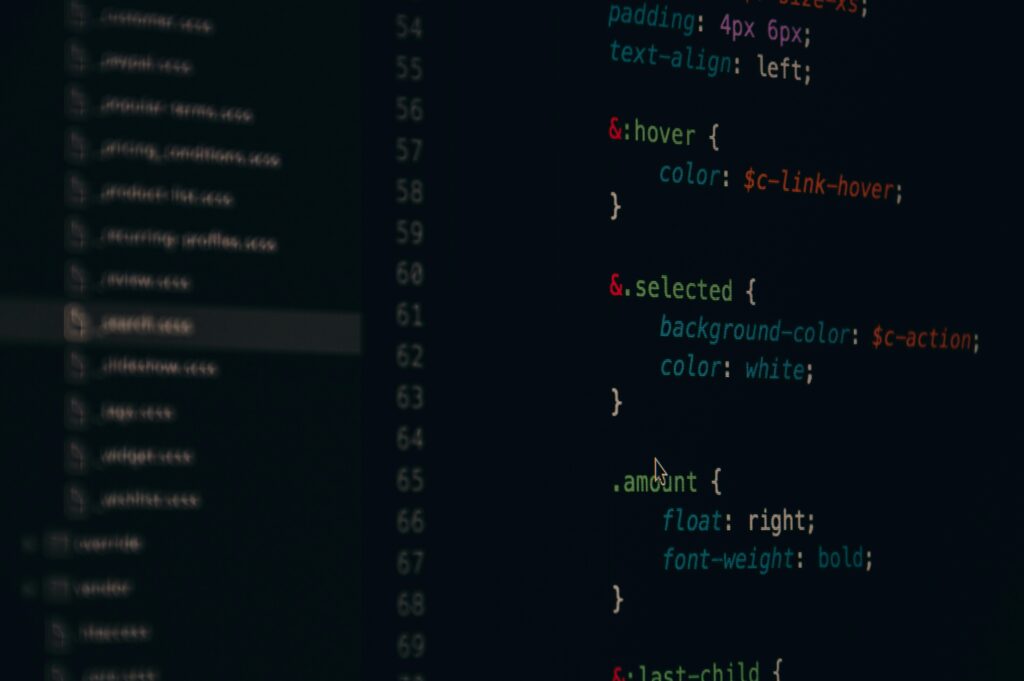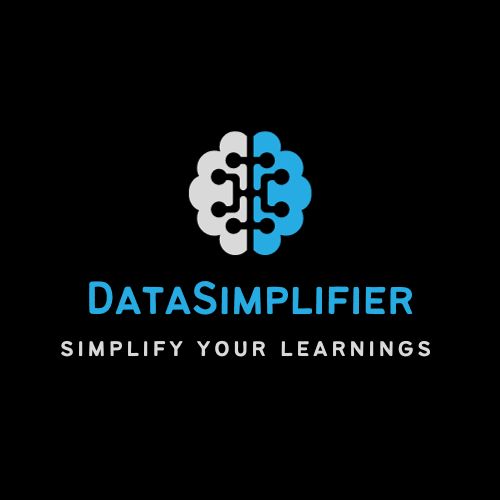Introduction
With the emergence of Python as a language of choice for analytics, it has become imperative in data-driven industries everywhere. (Python in Data Analytics) For Indian students and working professionals looking to step ahead in data science, data engineering, and big data, learning Python would not be an advantage, but a necessity. This is the ultimate guide explaining why Python is the path to success in a career in data analytics, its use throughout the sectors, and all the powerful tools it will bring to analyzing and then interpreting the data. By the end of this, you should understand why you only need this guide.

The primary reason Python is quite popular in data analytics today is because of its flexibility and ease of use. Moreover, Python is the kind of language that can easily be learned by anyone due to its simple syntax even if the person does not come from a technical background.
What’s more, extensive libraries like Pandas, NumPy, and Matplotlib will enable you to do fast and streamlined data manipulation and processing as well as the visualization of data to enable faster transition from raw data to actionable insights.
For those preparing for interviews in data analytics or just looking to add skills that are very much in demand in your resume, learning about Python and its application in data analytics is critical. In the following sections, you’ll learn how Python applies itself to various parts of data analytics, be it in the realm of data science, big data, and even more, ensuring you are absolutely equipped and self-assured about your understanding of the area. So, let’s get into it and explore how Python is revolutionizing careers in data analytics.
1. Why Python is a Must for Data Analytics Ease and Access
Python is an intuitive language that is easy to learn, making it ideal for students and professionals who are new to data analytics. With a minimal learning curve, it allows users to focus on solving real-world problems rather than getting bogged down by complex syntax. The readability of Python also enhances collaboration, as data teams can work efficiently on projects without extensive code interpretation.

Powerful Library Support for Data Analytics
For data analytics, Python has a lot in its library that makes it particularly well-suited to the field. For example, Pandas is extremely useful for cleaning and handling datasets; the functions which relate to it make handling large data sets easy. On the side of numerical operations, NumPy is quite an excellent tool for doing mathematical calculations that can be carried out efficiently and rapidly. Other libraries like Matplotlib and Seaborn are especially favored for drawing visualizations involving the same data. Python is flexible and can be used at all the different stages of data analytics, from initial data exploration to advanced machine learning.
2.Role of Python in Data Science
Data Cleaning and Preparation
Much time is spent in cleaning and preparing the data. Proper preparation of data guarantees the quality of further analytical results. Pandas in Python makes data cleaning quite easy due to the functions it provides for dealing with missing values, merging datasets, and outliers. It allows the data scientist to get started with high-quality data right from the start and ensures subsequent analyses.
Exploratory Data Analysis (EDA)
EDA is the process of which data scientists explore and get a glimpse of understanding of data before modeling. Python is best suited for EDA; visualization libraries such as Matplotlib and Seaborn help one look out for patterns and trends. So, the data scientist would understand the data much more quickly, and it thus leads to effective modeling and good decisions. And because of a wide variety of tools offered by Python for EDA, it makes this the preferred way of doing primary data assessment.
Model Building and Machine Learning
No doubt that the building of predictive models in data science leaves no space in Python. There are frameworks, including its Scikit-Learn, TensorFlow, and PyTorch, that can develop the simplest linear regression or a deep learning network in Python. For example, the pre-built functions within Scikit-Learn let one quickly iterate over several models to determine the best model.
3.How Python Supports Big Data
Handling Big Data
As data mounts, their need for large scale requires data professional acquiring big data handling abilities. This Big data Tool is allowed combining with other Apache tools (Apache and Hadoop, Python together to efficiently and effectively and well-managed large info quantities, wherein data Analyst performs various computation tasks upon Distributed environment environments using available APIs to compute in some reasonable period that can carry terabytes quantity of info within this reason.

Data Extraction and Transformation
Python is very useful for the ETL process in a big data environment. There are libraries such as Pandas and Dask, which support data extraction and transformation from multiple sources. For example, using Python with Dask, a library for distributed computing, the data analyst can work on data that doesn’t fit into memory. He/she can perform transformations and aggregation on large datasets without having to require huge hardware resources.
Automation and Data Pipelines
In big data projects, automation is the means of handling data processing activities in a consistent and effective manner. Python has perfect suitability for automation. Its developers can script out their data extraction and transformation task, set up workflows with automation, and also take charge of the data pipeline management. It is vital to build scalable data pipelines as it helps companies in their effective management of their big data assets. In conjunction with workflow automation tools, such as Apache Airflow, it is absolutely unavoidable in the development of pipelines of data.
4.Use of Python in Data Engineering
Data Pipeline Development
Data engineering is making pipelines and keeping them ready so that data can flow fluently from a source to a destination. In the data engineering field, usually Python is used because it allows flexibility in terms of scripting and automation. Using Python, data engineers help in automating data ingestion processes, which means providing a continuous availability of data to the analysts. Python script will be able to carry out ingestion of data coming from multiple sources, which is a very powerful tool in the hands of data engineers.
Integrating with Cloud Platforms
The cloud platforms such as AWS, GCP, and Azure support Python, and data engineers can easily build solutions with it for cloud-based data engineering. Data engineers are able to scale up or down in their pipelines through the use of clouds in managing everything from ingestion, processing, and storage in real-time. Scalable, resilient data architectures to support business needs through the use of cloud libraries for data engineers.

Database Management and Storage Solutions
Data engineers also use Python to manage databases and storage solutions. Libraries such as SQLAlchemy allow Python to interface with SQL and NoSQL databases easily, which makes retrieval, storage, and updating of data more efficient. It is through database operations that Python manages large-scale data storage and retrieval systems.
Conclusion
Today, Python has become the backbone of data analytics, data science, and data engineering in such a manner that inspires professionals in their approach towards data and through making data-driven decisions provides companies to make data-driven decisions.
If you want to be updated with more articles like this, along with job openings, consider joining our telegram channels and job notification groups. We update valuable information and job alerts on the career path of data analytics and data science.
And if you have read this conclusion, you are already dedicated to your professional growth and further development. As a little thank you, we’d love to invite you to our private community on Telegram where you can connect with other professionals in the field and get exclusive insights. Just comment below with your Telegram handle, and we will send you the link to join our community. Welcome to this journey, and let Python take you into the future of data analytics!
Share the post with your friends

1 thought on “Python in Data Analytics: 5 Things to Know – Best Guide”